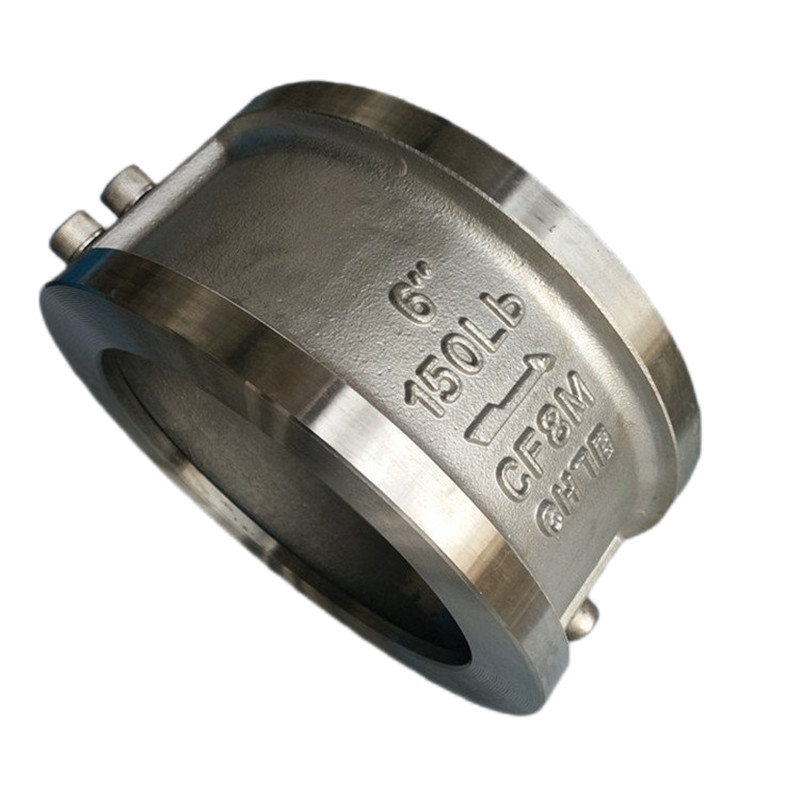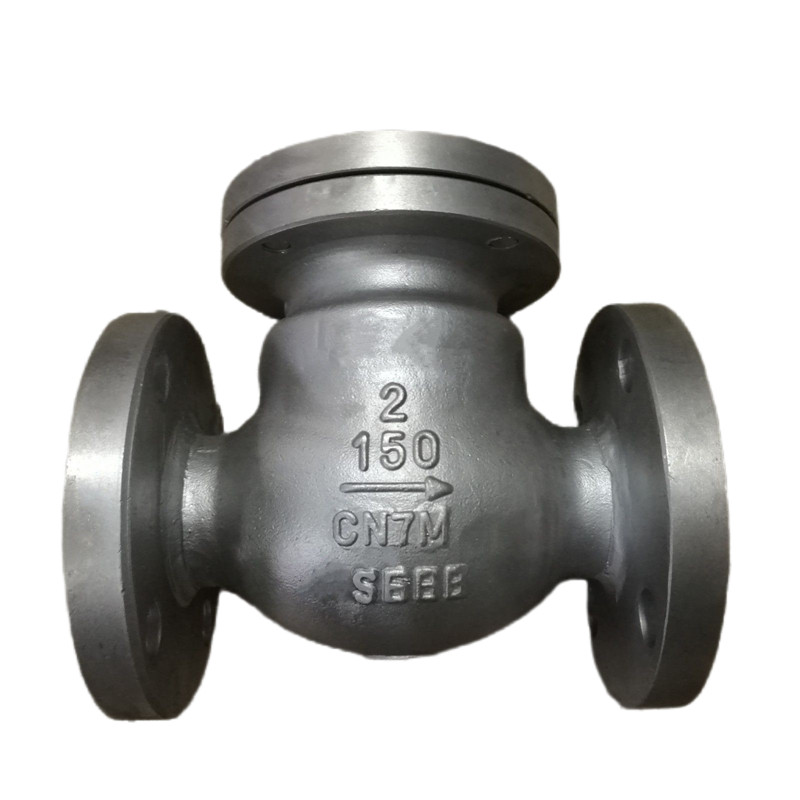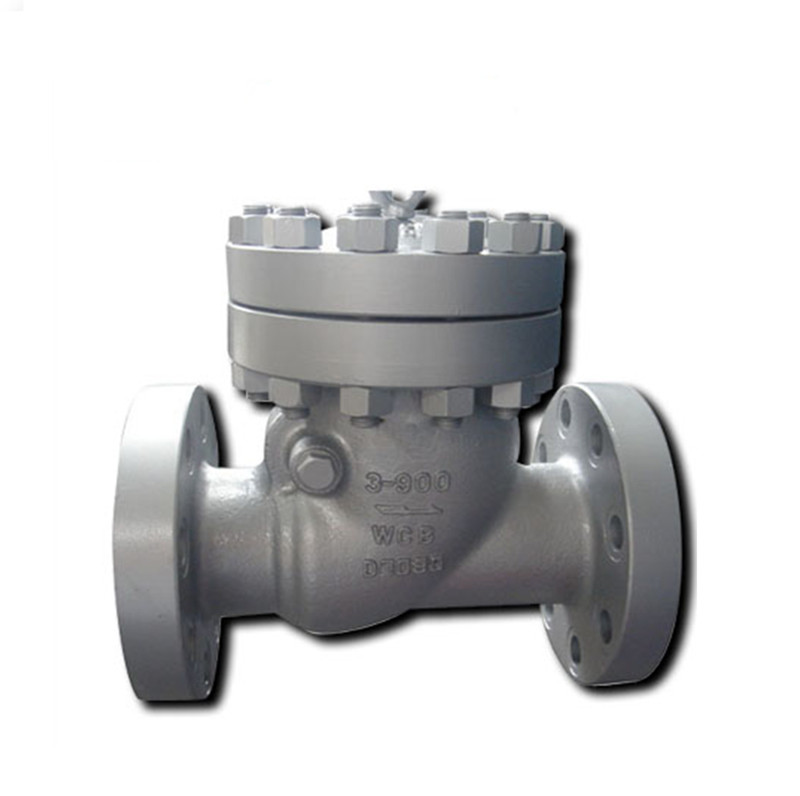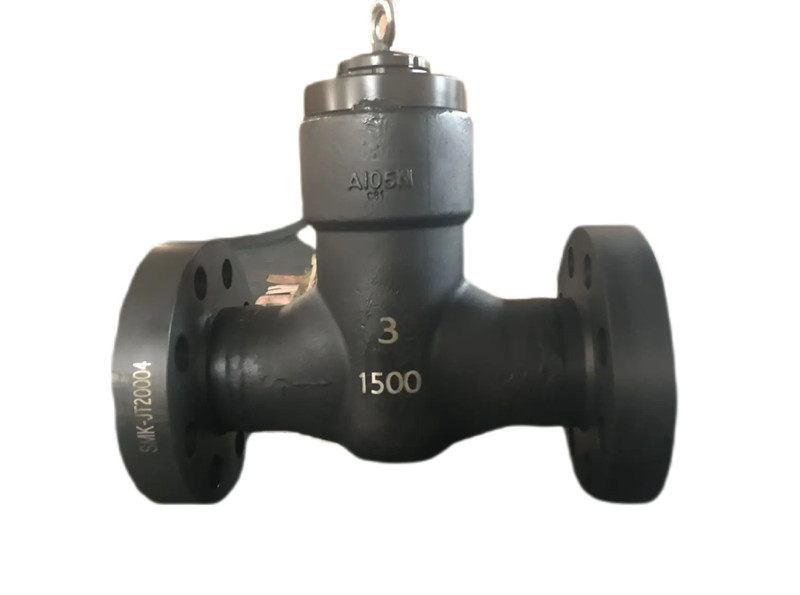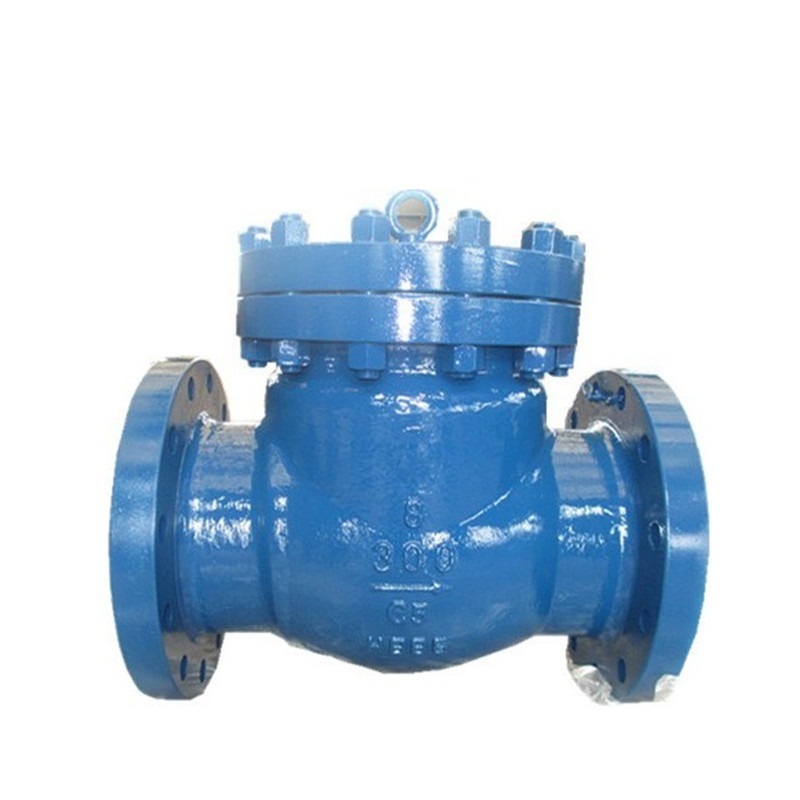Products
Wafer Type Dual Plate Check Valve,150LB,CF8M,6 Inch
The dual plate check valve is a kind of swing check valve, with features that are much shorter and less weight compared to a conventional swing check valve.
Short structural length,only 1/4~1/8 of that of traditional flanged check valve;
Low volume,light weight,only 1/4~1/20 of those of traditional flanged check valve;
Quick valve disc closedown,low water hammer pressure;
Applicable for and easily installed for vertical or horizontal pipelines;
Smooth flow passageway and small fluid resistance;
Flexible action and good sealing performance;
Narrow valve travel and small closedown impact;
Integrated structure,simple and compact,in beautiful shape;
Long service life and good reliability.
Main Parameter Specification
Design and manufacture:API594,API 6D
Face to face and end to end:API594,API6D,DIN3202
Pressure-temperature rating:ASME B16.34,DIN2410,
Inspection and test: API598
Pipe flange: ASME B16.5,DIN2543~2548,GB/T13402,API605,ASME B16.47.
Product Range
Body material: carbon steel, stainless steel, alloy steel,bronze
Nominal diameter:1.5″~60″(DN40~DN1500)
End Connection: RF,RTJ, BW
Pressure range: Class150~2500(PN16~PN420)
Working temperature:-196℃~+560℃
Dual plate check valves are wafer, lug, or flanged ends, meeting API 6D or API 594. Dual plate check valves are retainerless designs to avoid leakage paths through the valve body.
The Double Plate Check Valve employs two spring-loaded plates hinged on a central hinge pin. The dual plate check valve is a kind of swing check valve, with features that are much shorter and less weight compared to a conventional swing check valve.
Advantages:
– Dual Plate Check Valves perform the work of almost any swing check valve. However, its smaller dimensions make it lighter and, therefore, more cost-efficient to purchase, install, and maintain.
– The Dual plate check valve is a silent check valve; because of its innovative design, it does not slam shut upon closing.
– The dual plate check valve has an important feature in that it does not rely on pressure or flow to center the plates in relation to the sealing surface in order to make the seal.

